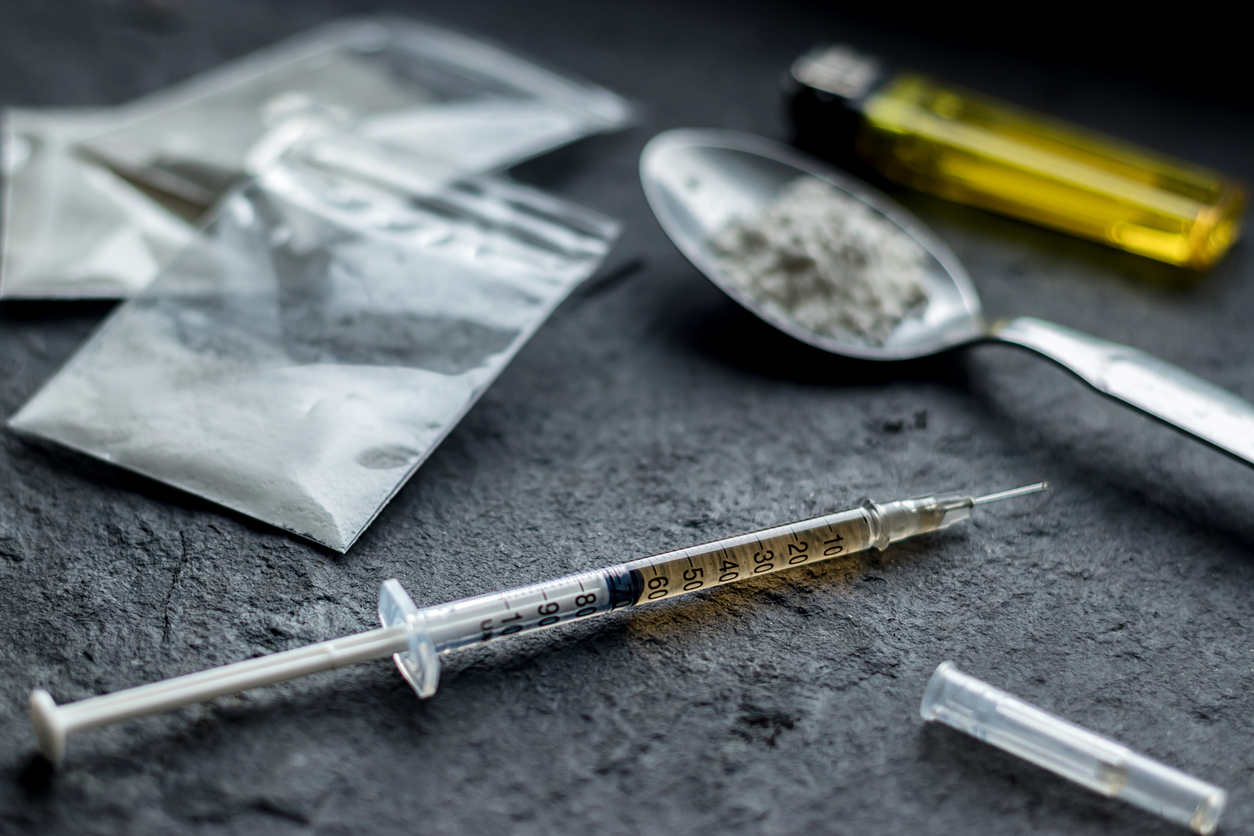Quarterly reports from the office of National Records of Scotland confirm time and again the existence of an ongoing drug deaths crisis north of the border. And, time and again, the Scottish government reveals itself to be devoid of ideas for how to tackle it. Now, however, there has been a flicker of progress with the opening of the UK’s first safe drug consumption room in Glasgow this week. But will it make any real difference to the national drugs death crisis? I have my doubts.
Scotland has the highest rate of drug-related fatalities anywhere in Europe. And, despite repeated assurances from ministers that they recognise the problem, there is no sign of the situation getting any better. Recently published National Records of Scotland stats shows 1,172 Scots died due to drug misuse in 2023, with drugs deaths occurring in Scotland at almost three times the rate they do in England and Wales.
For a long time, part of the SNP government’s defence of its failure to tackle this national crisis has been that membership of the United Kingdom means ministers are restricted in what they can do. It’s been common to hear campaigners – and SNP MSPs – complain that the refusal of the Home Office to permit the opening of so-called safe consumption rooms, places where addicts can take drugs under supervision, has severely hampered efforts to tackle the shocking overdose death rate. Of course they said that. Independence is, after all, the solution to every problem.
Behind the photos of SNP ministers looking earnest at the Thistle Centre is the truth that their party has decimated services for addicts while diverting funds to policies aimed at the privileged.
But the creation of the Thistle Centre turns out that big bad Westminster does not represent a serious threat to the establishment of such facilities, after all. Scotland’s Lord Advocate, Dorothy Bain KC, recently announced that it would not be in the public interest to prosecute for possession anyone using a safe consumption room and, on Monday, the new Glasgow facility opened its doors to Scotland's drug users. Those who wish to do so are invited to take their heroin or methadone in the presence of what a Scottish government press release says are 'trained health and social care professionals' working 'in a clean, hygienic environment'.
Sure, the safe consumption room may appeal to the well-organised addict who takes time to structure his day. But the likelihood is that it will be ignored by the common-or-garden chaotic user, more usually found on the greasy pavements of Scotland’s largest city. The offer of clean needles for drug users may entice some off the streets, while those making serious attempts to address their addiction may, I suppose, also attend. If there is any immediate benefit from the opening room it will, I think, be to local residents. Any reduction in the number of addicts injecting in tenement closes and discarding needles in play parks will be most welcome to the good people of the Calton district.
But Scotland’s drug death rate is not about clean needles or a lack of consumption rooms. What’s less clear is what it actually is about. Why should Scots drug addicts, more than others in the UK or across continental Europe, turn to debilitating opioids? What is is about Scottish despair that sends the hopeless to heroin?
First Minister John Swinney and Scottish Health Secretary Neil Gray visited the Thistle last Friday, in advance of it opening its doors to local addicts. The facility represented a 'significant step forward' in efforts to tackle Scotland’s drug problem, Swinney remarked. Conceding that the Thistle was not a 'silver bullet', the First Minister spoke of the Scottish government’s serious investment in the project, which would be backed to the tune of £2 million a year. That’s certainly a substantial sum for a single facility but it’s pocket change when compared to the many millions cut from the budgets of addiction support services by the SNP during its time in office.
Figures for 2022/23 show drug and alcohol addiction groups had their funding slashed by almost £19 million on the previous year alone. Social work departments and NHS addiction support facilities are stretched to breaking point. Behind the photographs of Swinney and Gray looking earnest at the Thistle centre is the truth that their party has decimated services for addicts while diverting funds to policies aimed at the privileged such as the abolition of university tuition fees and the extension of the provision of free prescriptions to include the wealthy.
Scotland’s drug deaths crisis deepened over years while the SNP ignored it. The idea that giving a few Glaswegian users a room to take drugs marks a 'significant step forward' in addressing the problem is fanciful.








Comments